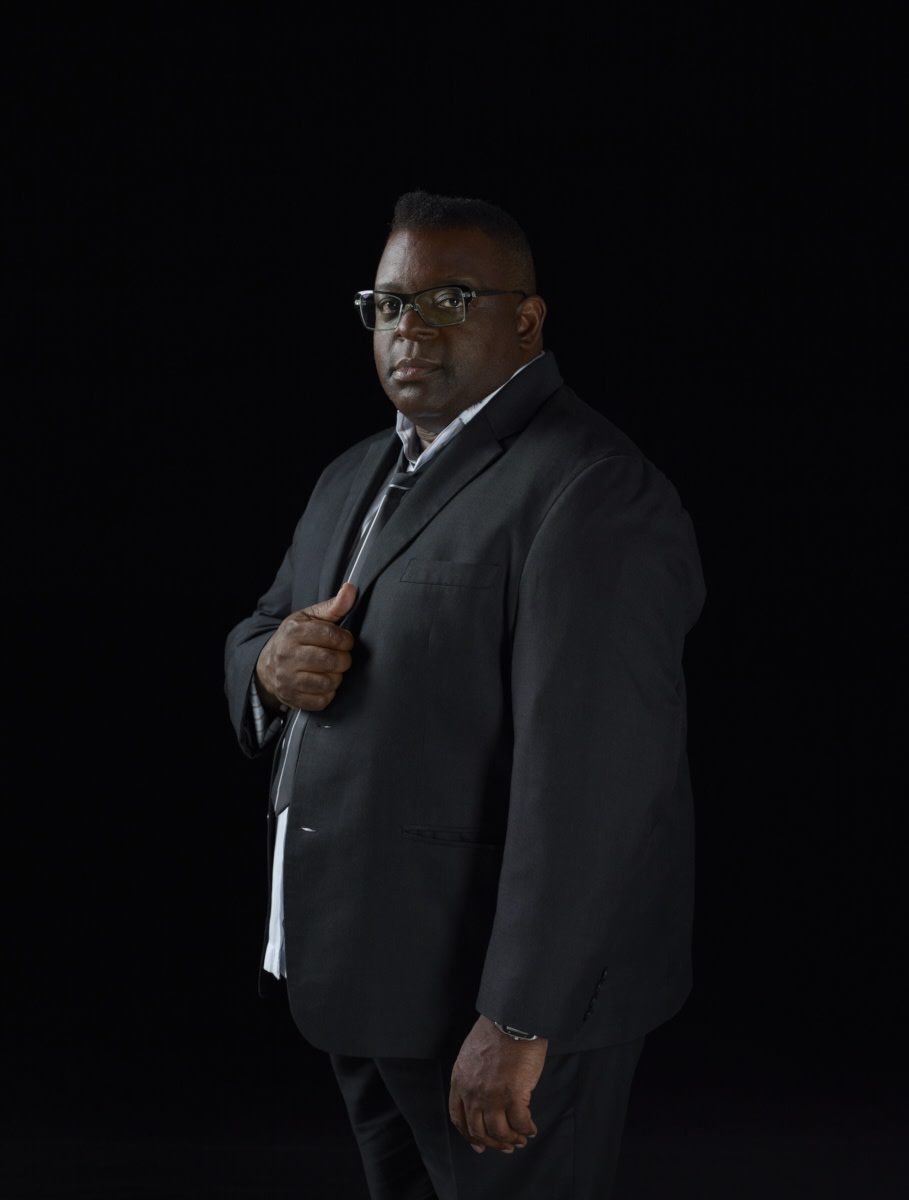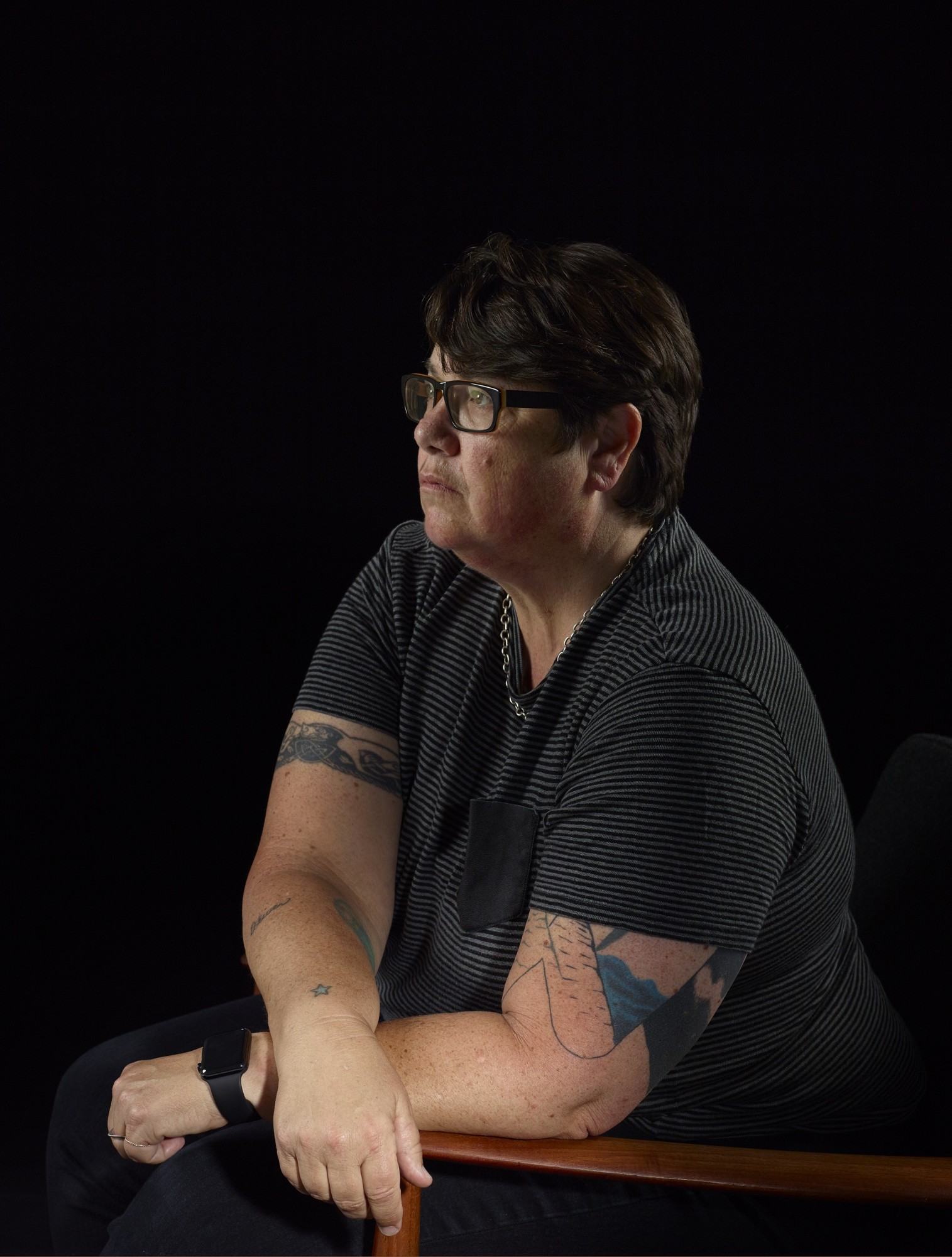
Catherine Opie is considered to be one of the greatest American photographers of her generation, mixing traditional portraiture with broader landscapes, interiors and conceptual experimentation to give voice to the communities around her. She first gained acclaim for a series depicting queer groups in the 1990s, for which she shone a light on the leather scene and the gender non-conforming individuals that she knew well, who were often stereotyped or simply ignored by mainstream society.
She has always placed a great deal of emphasis on presenting “characters, not caricatures” in her practice, which she has achieved through her exceptional technical skill and powerful use of luscious, colourful backdrops in her studio setups. These elements are combined with a habit of “framing, not cropping” to produce beautifully considered portraits that achieve an almost regal sensibility, as well as striking a balance between conceptualism and social documentary.
“There is something wonderful about an American photographer alluding to a feeling of immense socio-political upheaval in the UK.”
Two seemingly disparate London exhibitions from 2011 served as inspiration for Opie’s latest body of work: the National Portrait Gallery’s Leonardo da Vinci: Painter at the Court of Milan and Tate Modern’s Gerhard Richter retrospective. Despite a chasm of some five hundred years, both shows struck a chord, encouraging her to investigate the possibilities of painterly practice within her photography, and sparking a renewed interest in the power of “blackness”.

The result is a fantastic body of sparse and formal compositions, with a selection now on display at Thomas Dane. The series depicts the great and the good of the art world including David Hockney, Gillian Wearing, Anish Kapoor and Isaac Julien, as well as acclaimed designers such as Rick Owens and Duro Olowu. Set against gorgeous inky backgrounds her sitters maintain a meditative air, theatrically lit in a style akin to the dramatic chiaroscuro of seventeenth-century portraiture. Some have even been presented in a large oval form as if they are blown-up versions of cameo miniatures—a reference, she says, to the paintings royalty might commission from Holbein ahead of a speculative marriage.
Many of Opie’s sitters are portraitists themselves, which has led her to consider their individual practices when composing her shots. The most obvious reference is found within her image of Kapoor, which includes one semi-obscured foot and a cross-body seated position, elements that are certainly reminiscent of Hockney’s preferred configurations. Her study of Gillian Wearing sees the artist in a more unusual pose, with her arms crossed against her chest, clutching at her shoulders. The image was formed after the artist went to adjust her hair, but the chance arrangement immediately alludes to Wearing’s relationship with concealment and obscured identity in her own self-portraiture.
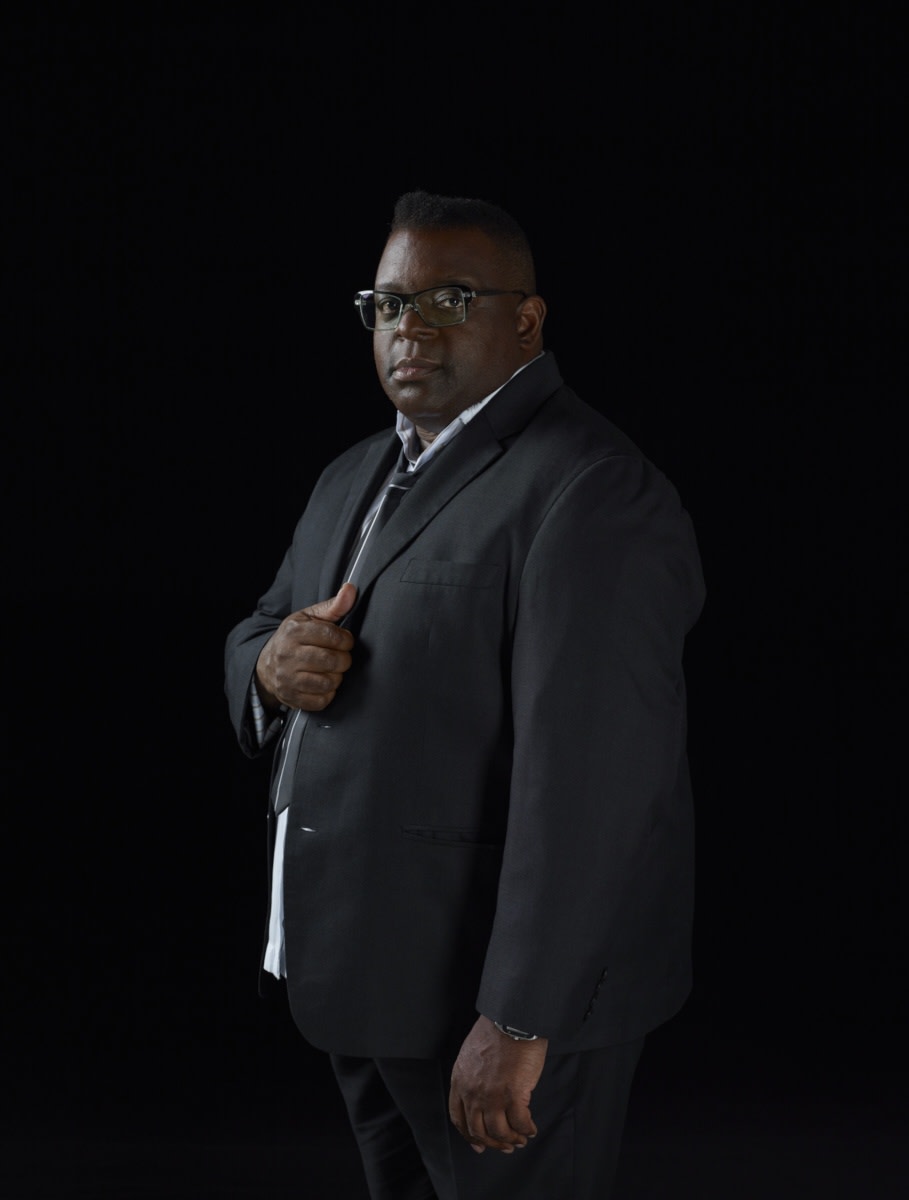
These subtle inter-relationships give way to another contemporary reading that is confirmed by the inclusion of one seemingly incongruous landscape photograph called Untitled #15. This blurred, abstracted image of the white cliffs of Dover is a massive departure from the portraits on display and has been pointedly placed in the middle of the selection of British individuals.
Opie is better known for her US panoramas, capturing the essence of the American experience through the sweeping vistas of Lake Michigan and the brutal majesty of concrete freeways. By recording Dover, this well-known seaside border, she has created a dialogue within the works that question the nature of “Britishness”, with these cliffs working as an artificial barrier in the display. It appears that Opie (regardless of the politics her sitters might uphold) has physically referenced the dividing nature of Brexit through this selection. The cliffs carve through the sitters’ tranquil poses, causing an almost intangible upset, not unlike the very nature of the myriad unknowns that have plagued the country since the referendum.
“The ease with which Opie capture the true nature of someone’s character while simultaneously conveying a larger conceptual meaning is truly exceptional.”
This device is a timely addition to an exhibition that is held during Frieze week, when a truly international art crowd descends upon the capital. Britain’s accession from the European Union has become a global issue, a near-constant concern, and these portraits show British individuals at their best: extraordinary creative people of all ages, races, heritages and genders in dialogue with a larger, dynamic whole.
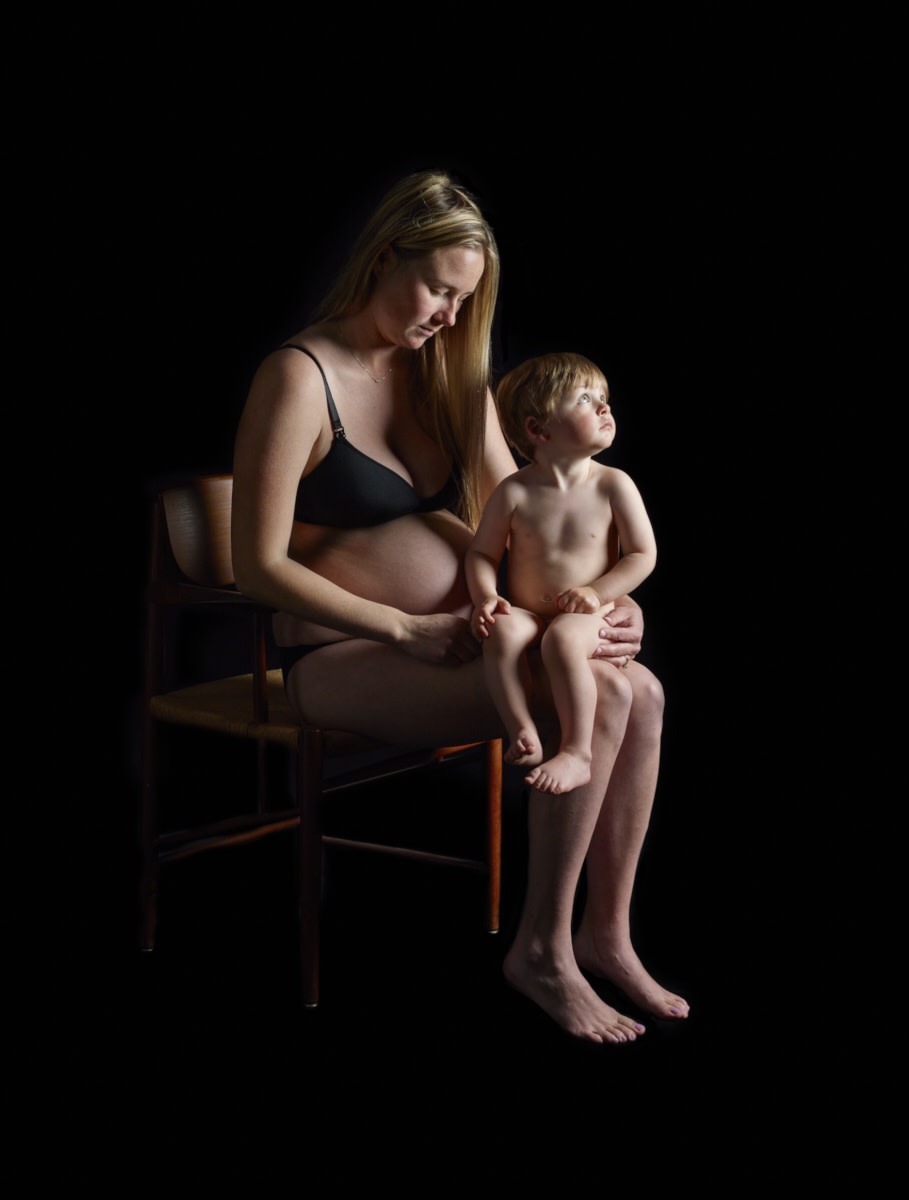
There is something wonderful about an American photographer alluding to a feeling of immense socio-political upheaval in the UK, especially when she is much better known for portraying the intimacies of life on her home soil. One can imagine that such a concept would never have seemed possible when she began this series in a hired London studio some five years ago, but her ability to shine a light on these feelings of unease and fractured community through the subtle addition of a landscape is a testament to her power as a politically perceptive photographer.
The ease with which Opie captures the true nature of someone’s character while simultaneously conveying a larger conceptual meaning is truly exceptional. In her images of “kings and queens” it was about showing strength as a member of a marginalized community, while in another recent project documenting the late Elizabeth Taylor’s residence she understood the power of “anti-portraiture”, choosing to photograph the star’s personal items as opposed to re-recording her well-known likeness.

With these portraits she has asked the viewer to slow down and really look at the images she has created, by emulating the visual cues evident in Old Master works. It is only with time and consideration that her historical and political references come forth and show themselves, offering a wonderfully multi-layered tableau that is infused with the warmth and drama of her aesthetics.
In one of her oval-shaped photographs she has depicts the writer Jonathan Franzen from behind, as he reads a copy of War and Peace. This reference to a mammoth, seminal text is fitting for an exhibition where time and deliberation are key factors. It is the very antithesis of our everyday lives, which are stuffed full of constant communications, vitriol and empty rhetoric, much of which has actively contributed to the political uncertainty we now face. In this world of mindless chatter it is easy to see that Opie’s portraits are the perfect antidote.
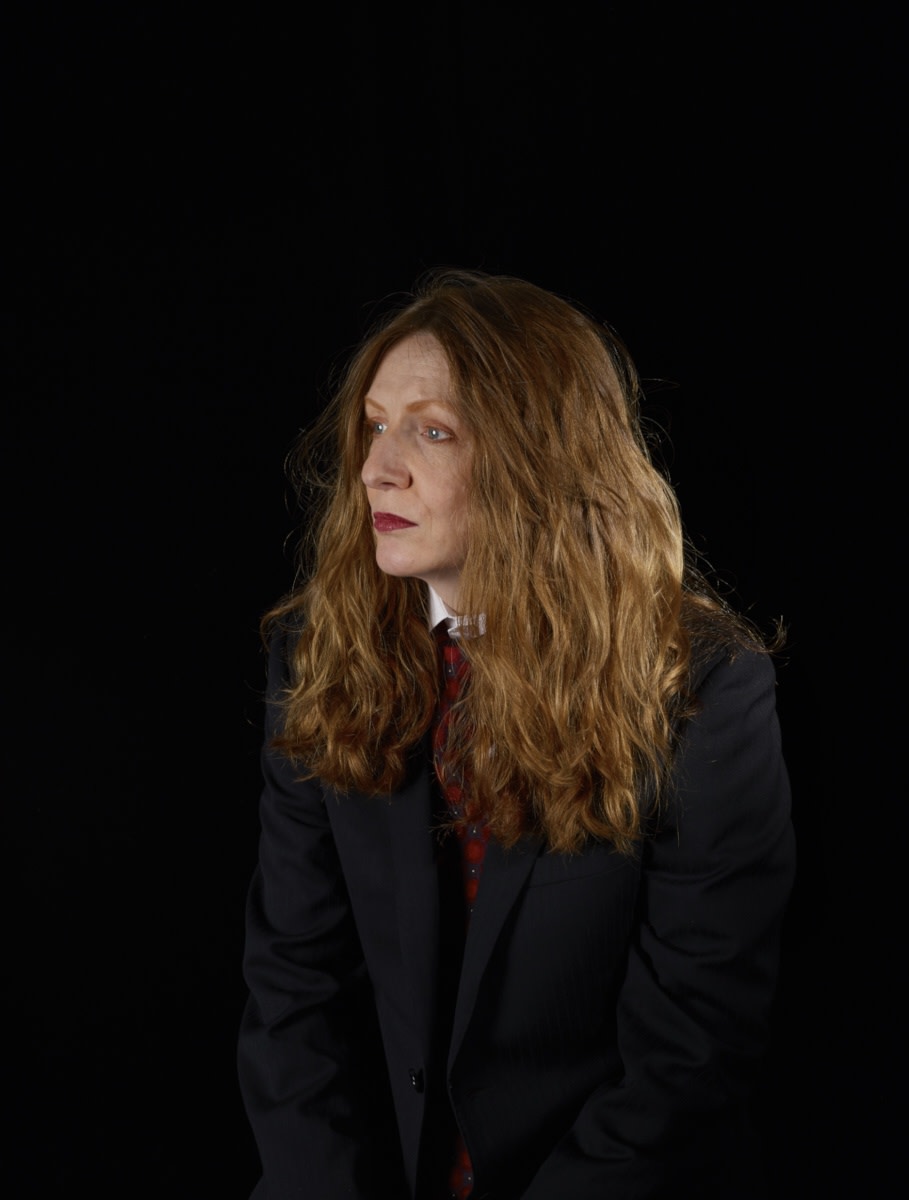
Catherine Opie: Portraits and Landscapes
Until 18 November at Thomas Dane, London
thomasdanegallery.com
